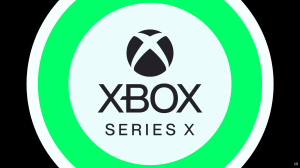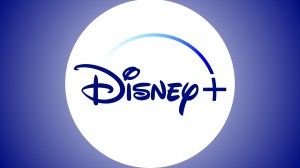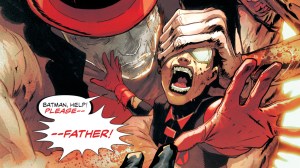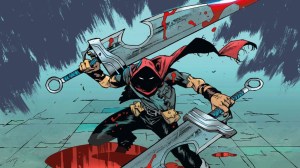The worst enemy that every Call of Duty player has had to face in recent years isn’t a juggernaut or a zombie: it’s the bloated Call of Duty HQ launcher. This interface has been a thorn in players’ sides since the release of Call of Duty: Modern Warfare II in 2022.
Videos by ComicBook.com
But Activision gave CoD fans something to celebrate, announcing that Modern Warfare II and its 2023 sequel, Modern Warfare III, will separate from Call of Duty HQ entirely and become standalone downloads.
It’s a positive change that comes nearly two years after Microsoft acquired Activision, and after several years of Activision attempting to cobble together a hub consisting of the recent titles of the popular military FPS series. Looking ahead to the release of Black Ops 7, there’s still more that these companies can do to make Call of Duty a lot easier to play.
A History of Call of Duty Launchers
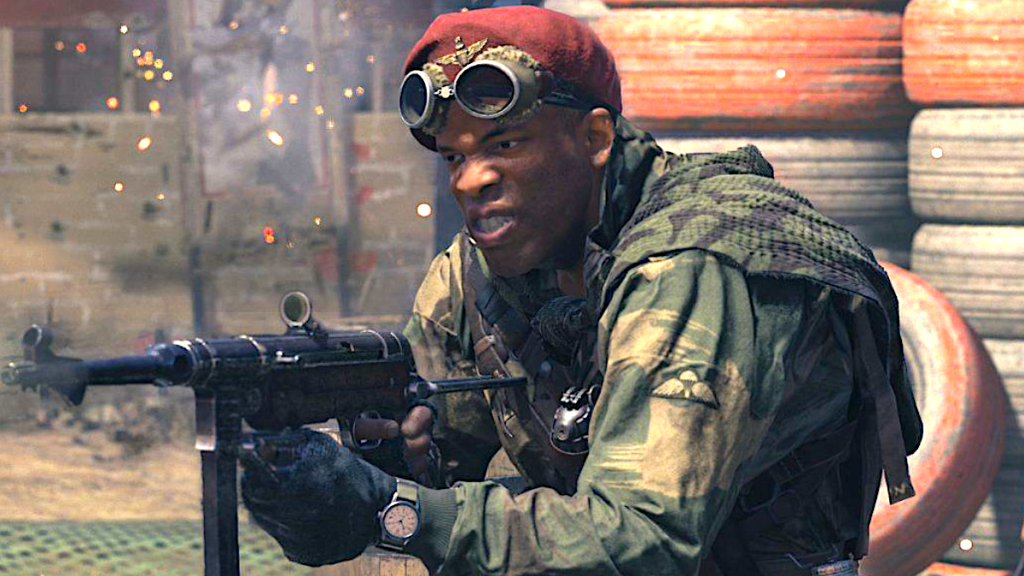
After successfully launching the 2019 Modern Warfare reboot and following it up with Warzone around the beginning of COVID-19 lockdowns, Activision made a controversial move, integrating content from 2020’s Black Ops Cold War into Warzone and creating a shared start screen that would let users launch any of the three games from each other.
This move felt like a rudimentary first attempt to build a Call of Duty launcher; in theory, anyone playing Black Ops Cold War who wanted to switch to Warzone could easily do so in the start menu, but as Warzone was a part of Modern Warfare, what was actually happening was that Cold War would close and then attempt to open Modern Warfare to get the player into Warzone. It was a confusing mess, and 2021’s integration of Vanguard bloated the menu even further.
At best, Activision’s approach to Call of Duty menus was an eyesore, but it’s hard not to view this interface with anything but cynicism, as it was obvious that the publisher simply wanted to advertise the latest Call of Duty game within the prior installments.
Then, in 2022, Modern Warfare II dropped a nuke on this ecosystem that centered around the original Warzone. It was a good year, until 2023’s Modern Warfare III basically started the trend again. This time, however, Activision simply turned Modern Warfare II into a “Call of Duty” app, which would allow players to open either MWII or MWIII from the same launcher.
It was a decent idea on paper: combining every Call of Duty into one application. However, the menu became a maze, with important options hidden away under submenus, making navigation difficult. The app required constant updates and restarts, and the install size of Call of Duty HQ grew more and more with each new update and every new game released.
The Call of Duty UI resembled Hulu more than a typical multiplayer video game, featuring a mosaic of tiles with useless information and options. To the player base, Call of Duty was transforming to visually resemble a Fortnite or Roblox-like experience, a giant, glowing, and garish billboard manifested by Activision’s hypercapitalism.
Needless to say, the shift toward separating MWII and MWIII is a step in the right direction, but Microsoft needs to make sure that Activision continues down that path.
What Activision and Microsoft Should Do Next
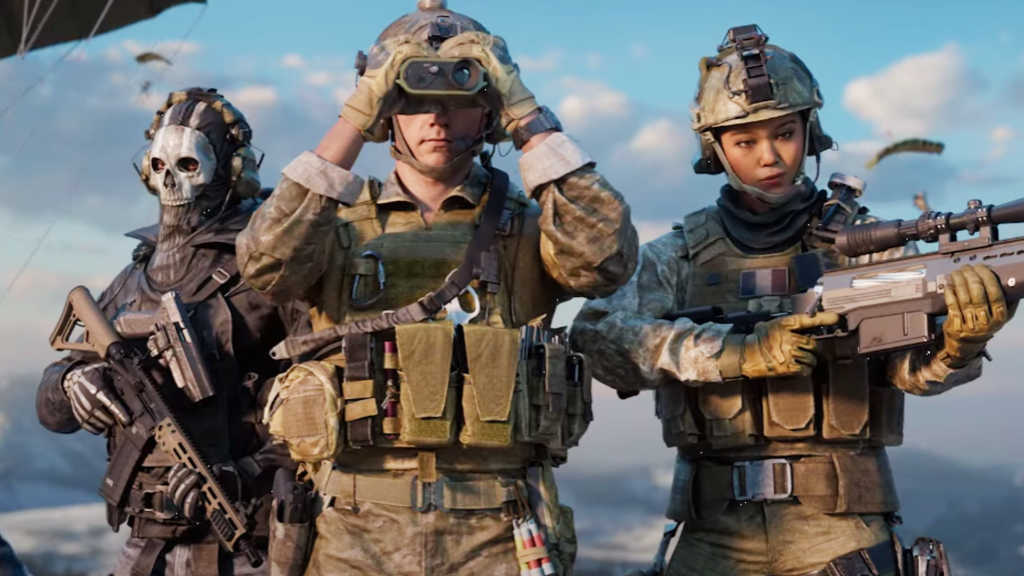
It’s impossible to know whether or not Microsoft is directly responsible for this significant change for Call of Duty HQ, but it’s fair to say that the corporation is heavily invested in one of its top-grossing IPs, and a big part of that is making the games as accessible as possible.
The next step to earn goodwill from the ever-restless CoD fanbase is to separate Call of Duty: Warzone as its own separate application as well. The free-to-play battle royale has already brought back the legendary Verdansk map from the original Warzone to win back players, but making Warzone even easier to install and start up could attract even more players back.
We have to wonder, though, what the future of Call of Duty HQ is. Will Black Ops 7 become the main attraction of the app, condemning Black Ops 6 to the same fate as its immediate predecessors and becoming more of a chore to simply open? Or will Black Ops 6 eventually enjoy the same freedom as the Modern Warfare titles?
Ask any consumer what they would want, and it would probably be the latter option. Every game in this series should be its own standalone entity, as it always was in the past. Activision’s attempt to merge all of Call of Duty into one large evolving platform under the same application is an experiment that has failed more than once already, and hopefully, Microsoft will intervene and act on it.





